10 Most distinct conifers
firefightergardener
15 years ago
Related Stories
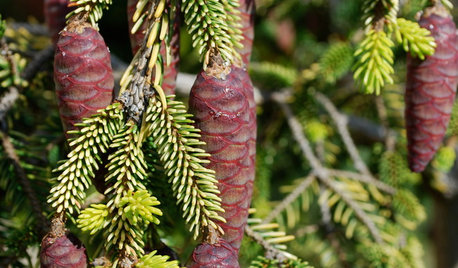
GARDENING GUIDESGreat Design Plant: Skylands Oriental Spruce, a Favorite Conifer
Brighten up a drab corner of your garden with Picea orientalis ‘Skylands’, a smaller spruce that a bird family might just call home
Full Story
PLANTING IDEASStretch the Budget, Seasons and Style: Add Conifers to Your Containers
Small, low-maintenance conifers are a boon for mixed containers — and you can transplant them to your garden when they’ve outgrown the pot
Full Story
LIVING ROOMSReaders' Choice: The 10 Most Popular Living Rooms of 2012
Every design style gets a shout-out in the most saved living room photos of the past year — see if any elements speak to your own tastes
Full Story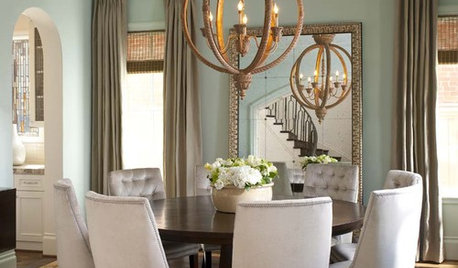
DINING ROOMSReaders' Choice: The 10 Most Popular Dining Rooms of 2012
Comfort was king last year for dining rooms, as Houzz readers noted plush seats, toasty fireplaces and soul-stirring views
Full Story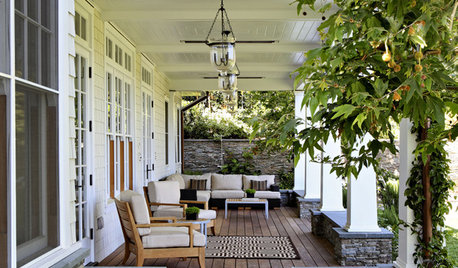
GARDENING AND LANDSCAPINGReaders' Choice: The 10 Most Popular Outdoor Spaces of 2012
All in the courtyard, please rise — these favorite patios, yards and decks deserve your full attention
Full Story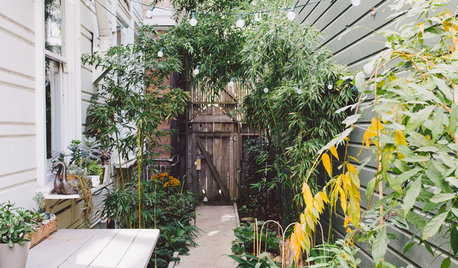
GARDENING AND LANDSCAPING10 Ways to Make the Most of Your Side Yard
Don’t overlook the possibilities for this often-forgotten space
Full Story
GARDENING GUIDESDesigning With Conifers: Find the Perfect Fit for Your Landscape
Conifers range from fairy-garden size to 70 feet tall. Here’s how to decifer the plant tag for the perfect long-term fit in your garden
Full Story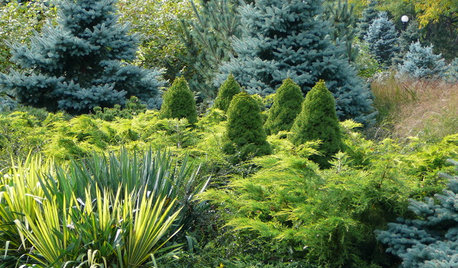
PLANTING IDEASDesigning With Conifers: Layers of Texture for Your Garden
Sharp and prickly or fine like ferns, richly textured conifers bring unexpected interest to the landscape
Full Story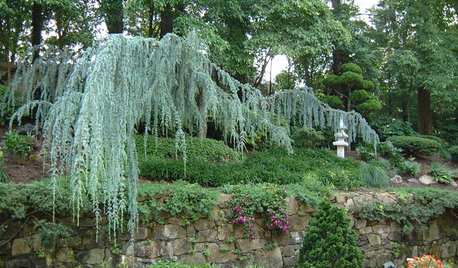
PLANTING IDEASDesigning With Conifers: Exploring Color
Colorful, structural and adaptable, conifers are waiting to transform your garden
Full Story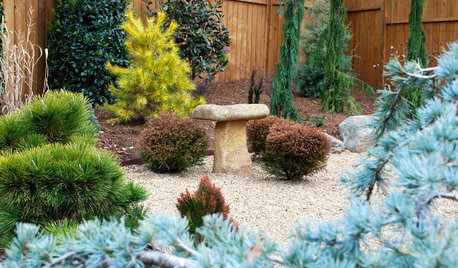
PLANTING IDEASDesigning With Conifers: Personality and Form in the Garden
Unique and full of interest, well-shaped conifers await a place your yard
Full StoryMore Discussions









sprucebud
pineresin
Related Professionals
Folsom Landscape Architects & Landscape Designers · Simi Valley Landscape Architects & Landscape Designers · Brookfield Landscape Contractors · Lemont Landscape Contractors · Longview Landscape Contractors · Oak Forest Landscape Contractors · Ponte Vedra Beach Landscape Contractors · Santa Maria Landscape Contractors · Severna Park Landscape Contractors · Thonotosassa Landscape Contractors · Weslaco Landscape Contractors · West Coon Rapids Landscape Contractors · West Orange Landscape Contractors · Eastlake Landscape Contractors · Camp Springs Landscape ContractorsfirefightergardenerOriginal Author
redwingconifer
Embothrium
gardener365
gardener365
Embothrium
mrgpag SW OH Z5/6
stevemy
spruceman
Embothrium
Embothrium
firefightergardenerOriginal Author
dcsteg
Embothrium
midtn
tunilla
gardener365
tunilla